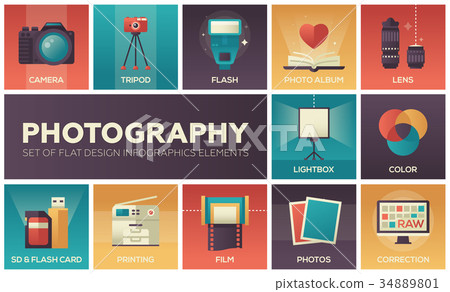Digital Photography Tips For Beginners: Grasping Your Electronic Camera In No Time At All
Digital Photography Tips For Beginners: Grasping Your Electronic Camera In No Time At All
Blog Article
Authored By- https://www.liveinternet.ru/users/steen_hove/post509027306
When you initially get your electronic camera, it can really feel overwhelming with all the settings and options readily available. You might find yourself asking yourself just how to navigate aperture, shutter rate, and ISO effectively. Understanding these basics is critical, but there's even more to photography than just technical knowledge. Understanding structure methods and lights problems can raise your pictures substantially. So, what if you could find out straightforward methods to enhance your abilities and start catching excellent photos earlier than you assume? Allow's check out just how to change your digital photography journey.
Understanding Cam Setups
Understanding your cam setups is critical for catching spectacular photos. When you grab your camera, acquaint on your own with the 3 main settings: aperture, shutter rate, and ISO. Each plays an important duty in just how your photos turn out.
Begin with aperture, which regulates the quantity of light entering the lens. A wider aperture (reduced f-number) allows much more light and develops an attractive background blur, best for portraits. Alternatively, a narrower aperture (higher f-number) keeps even more of the scene in focus, ideal for landscapes.
Next, concentrate on shutter rate. This setting figures out how long your electronic camera's sensing unit is subjected to light. A fast shutter speed ices up movement, which is terrific for activity shots, while a slow shutter speed can develop stunning results like smooth water in landscapes.
Last but not least, adjust your ISO. This setup affects your video camera's sensitivity to light. A higher ISO is useful in low-light scenarios however can present sound or grain. Go for https://www.washingtonpost.com/photography/2020/05/11/this-photographer-shows-how-covid-19-pandemic-has-changed-life-one-virginia-neighborhood/ while still achieving appropriate direct exposure.
Make-up Strategies
When you're out shooting, make-up can make all the distinction in how your pictures reverberate with customers. Start by utilizing the guideline of thirds; visualize your structure divided into 9 equivalent areas with 2 straight and two vertical lines. Setting key elements along these lines or at their intersections to produce equilibrium and rate of interest.
Next off, think about leading lines. These all-natural lines in your scene, like roadways or rivers, attract the customer's eye into the photograph, leading them with the tale you're telling.
Do not forget mounting; usage components within your scene, like trees or home windows, to create a structure around your subject, adding depth and emphasis.
Also, watch on your history. A chaotic background can distract from your major topic, while a basic one helps it stick out.
Finally, trying out balance and patterns; they can develop a striking image that catches focus.
Learning Lighting Conditions
Mastering lights problems is critical for catching stunning pictures, as the right light can transform a common scene into something amazing.
Start by observing natural light at various times of the day. Early mornings and late afternoons provide the most effective light, called the golden hour. https://zenwriting.net/chantal1fabian/contrasting-popular-cameras-which-one-is-best-for-you , cozy tones during these times can boost your images beautifully.
Don't avoid cloudy days either; diffused light can decrease rough darkness and develop a pleasing result, especially for portraits.
Explore backlighting by positioning your topic against the source of light. This strategy can create a dreamy halo effect and include depth to your images.
Take notice of your video camera settings too. Readjust the ISO, aperture, and shutter speed to suit the lights problems. A greater ISO can help in reduced light, however beware of grain.
Make use of a tripod in darker atmospheres to stay clear of blur.
Lastly, don't forget fabricated illumination. Flash and continuous lights can be excellent tools for controlling light in challenging problems.
Final thought
To conclude, understanding your electronic camera does not have to be frustrating. By comprehending your settings, applying make-up methods, and utilizing the power of all-natural light, you'll promptly raise your photography abilities. Bear in mind, practice makes best, so get out there and explore your newfound expertise. With time and devotion, you'll be catching sensational images that mirror your special point of view. Enjoy the trip, and don't forget to have a good time while you go to it!
